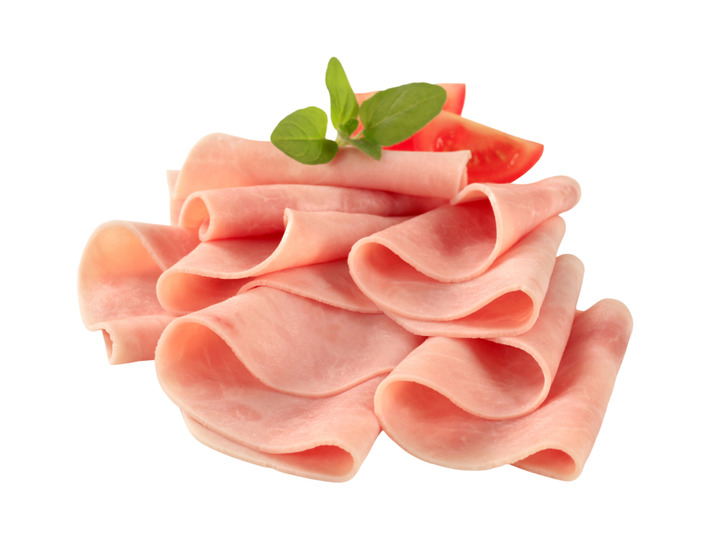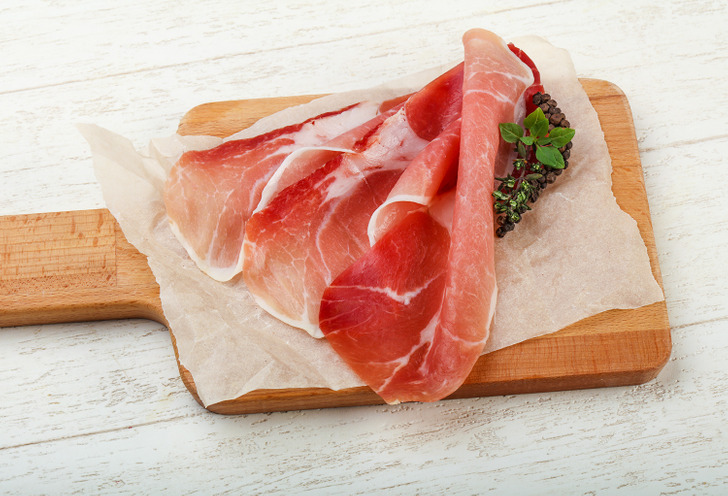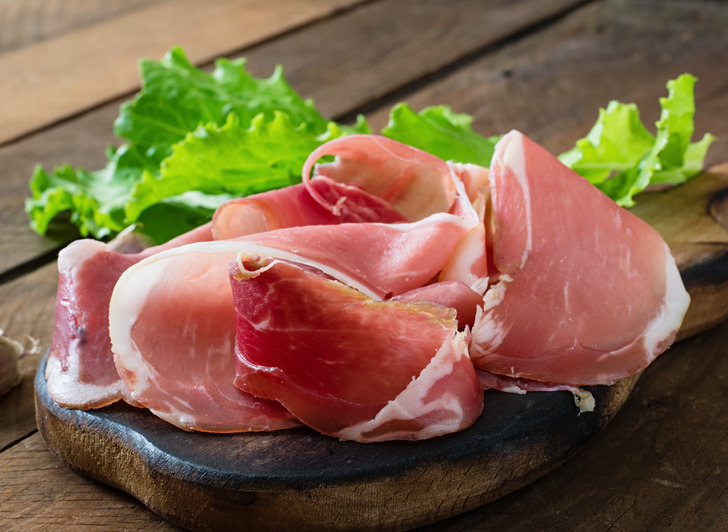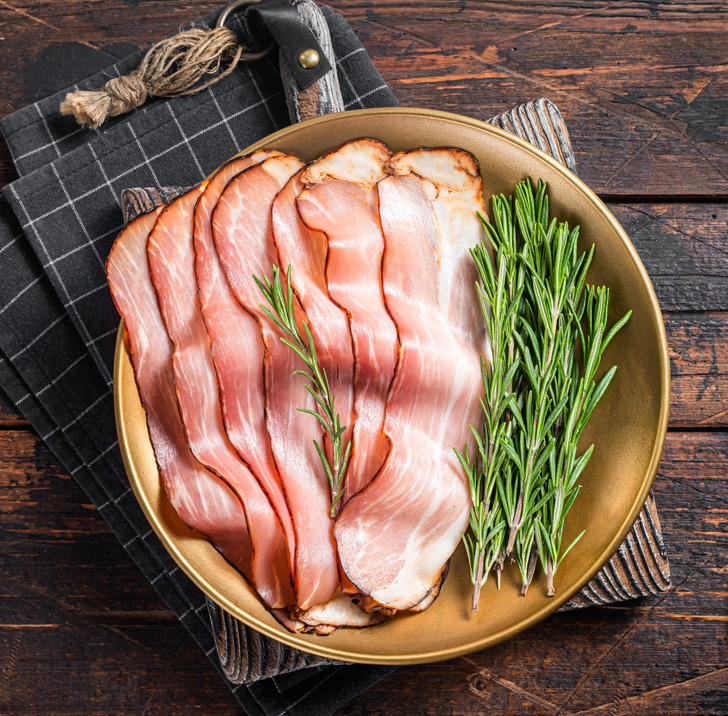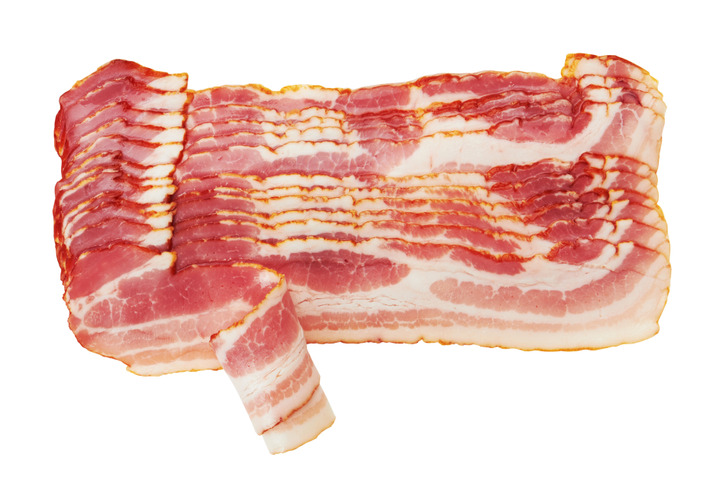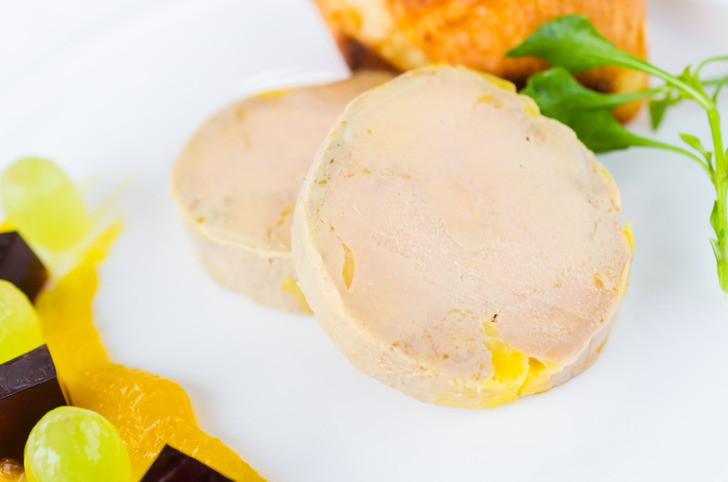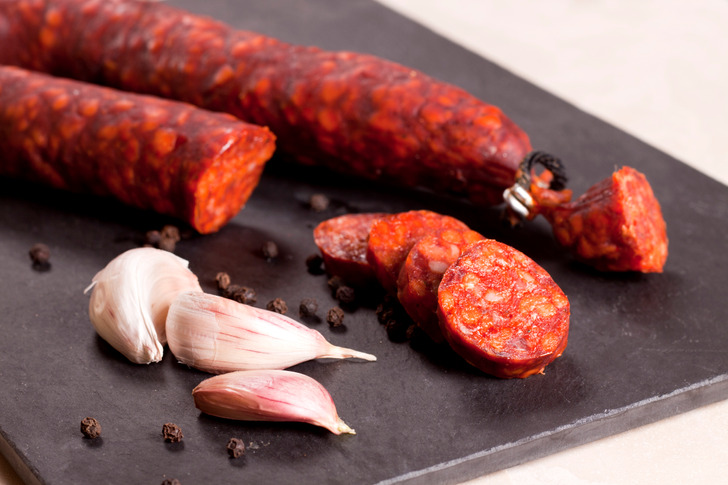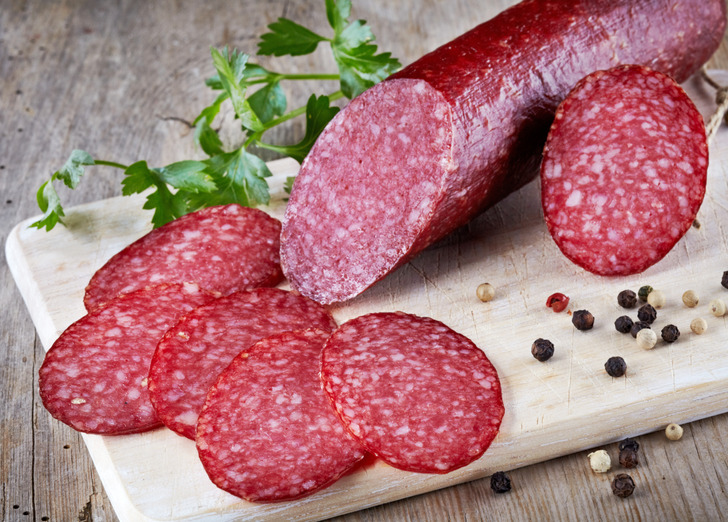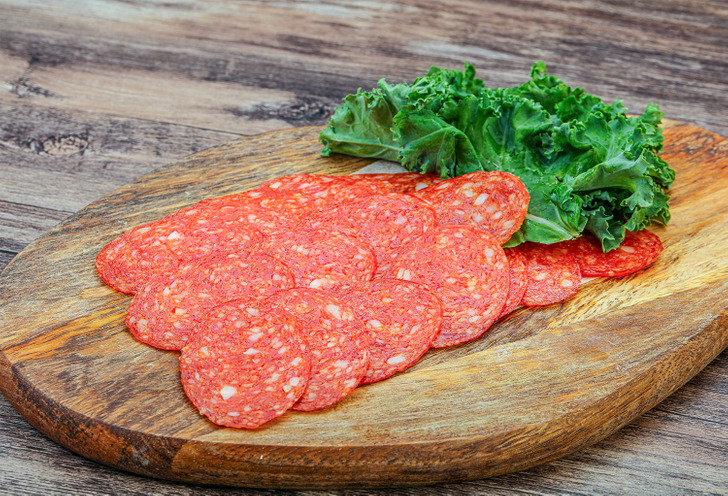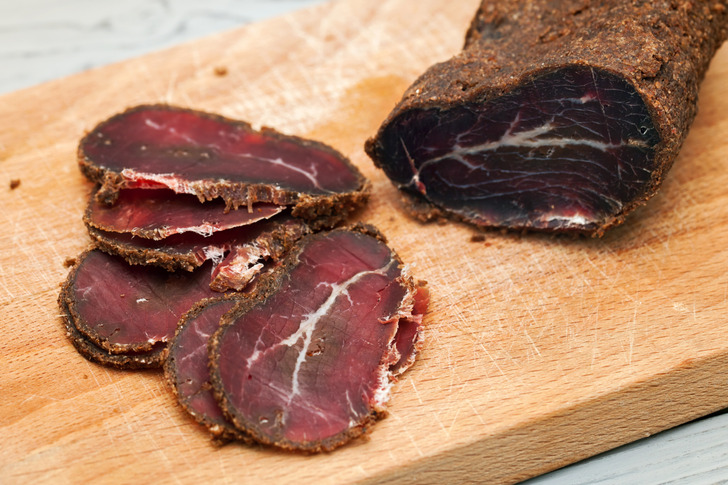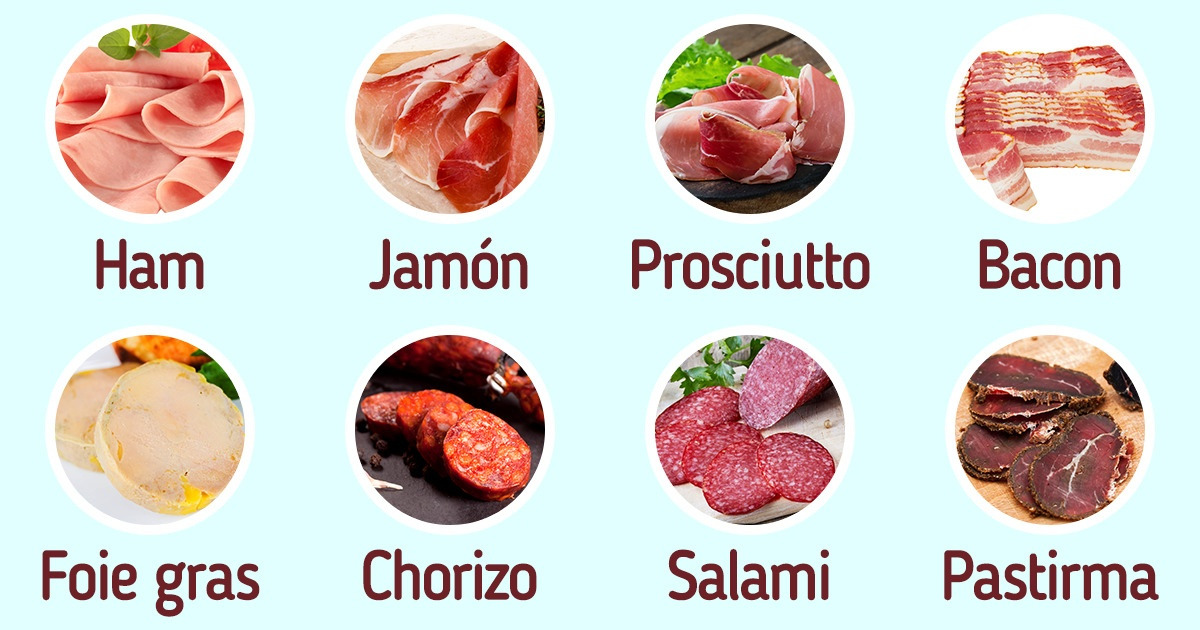
A Guide to Meat Delicacies
Meat delicacies are produced according to original recipes in their countries of origin, like Spain, Italy, France, Germany, and Armenia and others. During their production, meat is salted, dried, smoked, marinated, or seasoned with various spices.
5-Minute Crafts decided to find out what meat delicacies there are, and how they are different from each other.
Ham
Jamón
Jamón is cured ham. This ham is a world famous product of Spanish cuisine. There are 2 main types of jamón: jamón serrano and jamón ibérico. Jamón serrano is made from several different breeds of white pigs. They are fed mainly cereals. The meat is cured for 7 to 16 months.
Jamón ibérico is made only from the Iberian pig, the breeding of which is limited to the territory of southwestern Spain and southeastern Portugal. These pigs are fed cereals and they also eat acorns. The curing process of jamón ibérico lasts from 14 to 36 months.
Prosciutto
This is Italian cured ham. It’s made from either a pig’s or a wild boar’s hind leg or thigh. The curing process takes from 9 months to 2 years, depending on the size of the ham.
A well-known variety of prosciutto is Parma Ham. It doesn’t contain any ingredients other than salt. The characteristic features of this ham are a warm pink color, a strip of fat on one side, and a spicy taste.
Black Forest ham
This is a variety of cured smoked ham that is produced in the Black Forest region of Germany.
Raw ham is salted and seasoned with garlic, pepper, and juniper berries to make this particular ham. The salt is removed after 2-3 weeks, and the ham is aged for another couple of weeks. Then the meat is cold smoked using coniferous trees and sawdust. After that, the ham ripens in an air-conditioned room for several weeks.
Bacon
Bacon is a variety of cured pork. Bacon is made from various cuts, often from the belly, as well as from the less fatty parts of the back. Bacon is used to make sandwiches, as a part of breakfast, and also to add flavor to various dishes, such as salads.
Foie gras
This is a traditional French delicacy made of the liver of a duck or goose. To get this delicacy, the birds are heavily fattened.
The taste of foie gras is more delicate and oily than that of ordinary duck or goose liver. The delicacy is often produced in the form of mousse or pâté. The product can also be served as an accompaniment to another food item such as a steak.
Chorizo
Chorizo is a spicy pork sausage originally from Spain. The sausage is made of pork with the addition of salt, herbs, garlic, and pepper. There is no single recipe for chorizo, it varies from region to region.
The name “chorizo” describes several types of sausage. One of them is raw or fresh chorizo, which is used in stews, and grilled. Another type is fermented and air-dried chorizo. This type of chorizo can be cut and eaten without cooking.
Salami
Salami is a cured sausage consisting of fermented and air-dried meat. Traditional salami has a marble appearance when cut. It’s made mainly from pork and beef. Additional ingredients include garlic, fatty minced meat, spices and various herbs, salt, and vinegar. It’s hard to give precise description to the taste of salami: it’s hot, spicy, sweet, and savory.
Pepperoni
This is an American variety of spicy salami which is made from cured pork and beef and seasoned with chili peppers and paprika. Also, salt and sodium nitrate are added to the sausage. Sodium nitrate prevents the growth of unwanted microorganisms. Thanks to it, the sausage acquires its bright red color.
